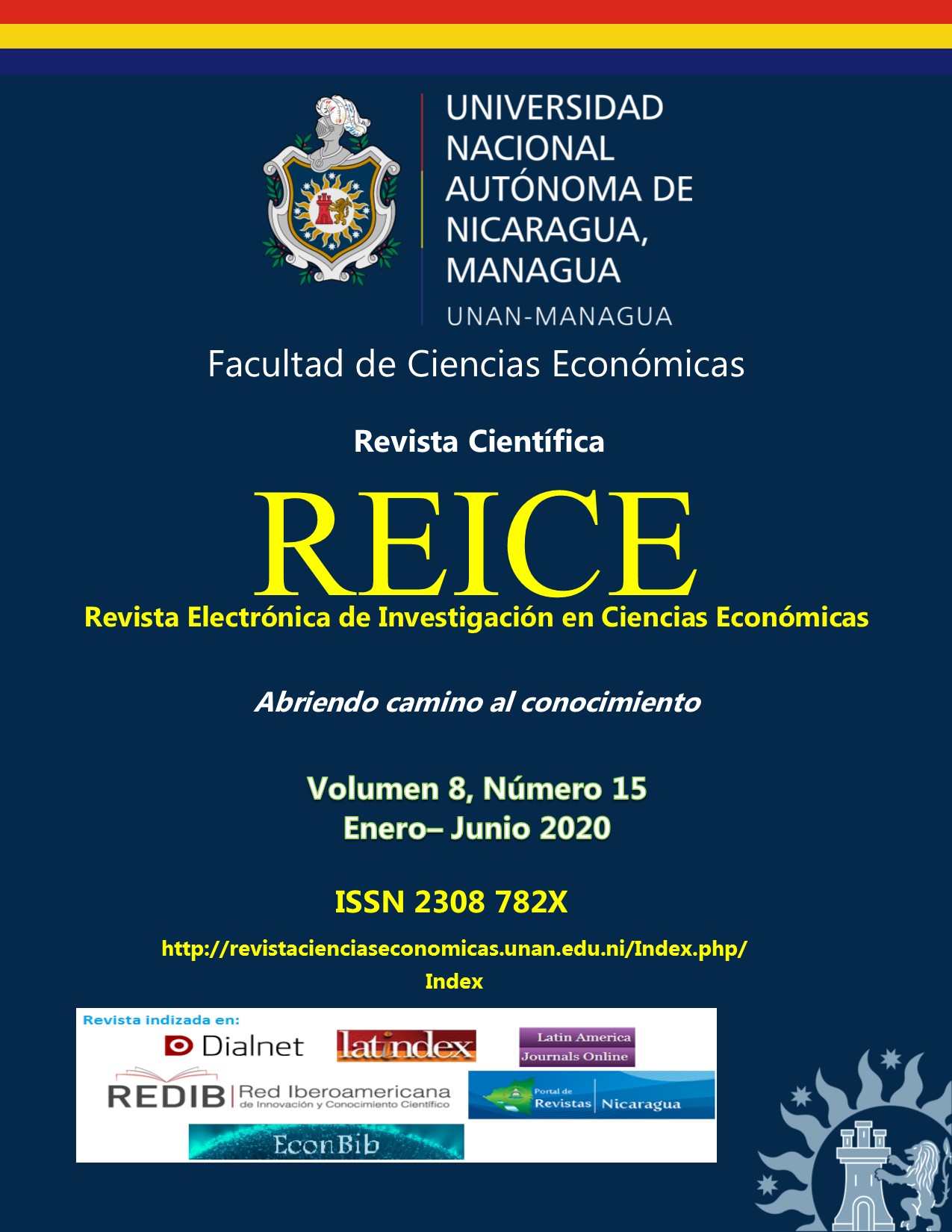Public and Family Expenditure on Education in Peru: Comparison with South America
DOI:
https://doi.org/10.5377/reice.v8i15.9944Keywords:
public expenditure, education, family expenditure, educational quality, public sector, private sectorAbstract
The research analyses public and household expenditure on education in Peru between 2000 and 2015, as well as a comparison between the country and the rest of the South American countries. The approach was non-experimental, descriptive and comparative, using as a sample the data reported by the National Institute of Statistics and Informatics (INEI) and the World Bank (WB). A nonparametric statistical comparison analysis of Mann-Whitney and Kolmogorov-Smirnov was performed, with a significance of 5%. It was concluded that the largest public expenditure is located in the private sector, however spending in the public sector has grown more. Household spending differs between the state and non-state sectors, although by region it was observed that state spending is not significant. Peru has public spending on education equivalent to that of Argentina, Brazil and Colombia, lower than that of Bolivia and Paraguay and higher than that of Ecuador and Uruguay. According to what has been observed and to the criteria of various authors, public spending on education does not guarantee its quality.



